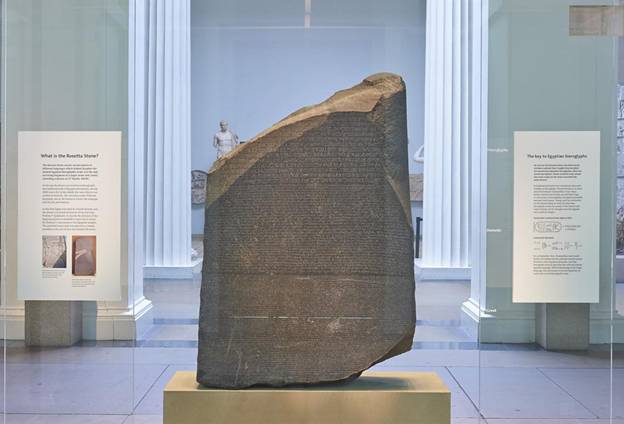Free Courses Sale ends Soon, Get It Now


Free Courses Sale ends Soon, Get It Now



Copyright infringement not intended
Context: Many Egypt historians are demanding the U.K to return the 2,000-year-old Rosetta Stone.
Details:
© 2024 iasgyan. All right reserved